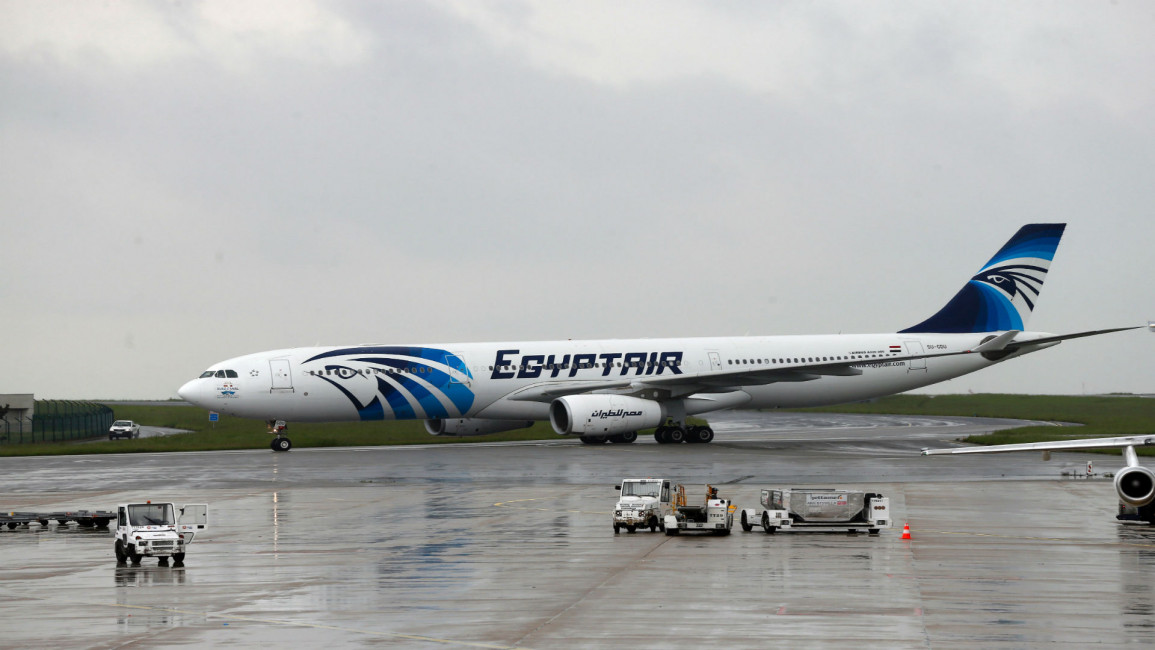Soot discovered in wreckage of EgyptAir flight
Smoke alarms were heard onboard and soot was found on the wreckage, an Egyptian-led investigative committee said.
The latest developments emerged from data retrieved from one of the black boxes that was recently repaired in France and confirmed smoke was documented onboard the aircraft.
"Recorded data is showing a consistency with ACARS messages of lavatory smoke and avionics smoke," it said, two days following the crucial repairs.
France's aviation safety agency previously announced the aircraft transmitted automated messages indicating smoke in the cabin and a fault in the flight control unit minutes before it disappeared.
"Parts of the front section of the aircraft showed signs of high temperature damage and soot," the committee statement added.
On Tuesday, investigators confirmed one of the two black box flight recorders from the plane was repaired after arriving in France, boosting the chances of unravelling the mystery behind the tragic event.
The second black box - the cockpit voice recorder - is still being repaired by France's BEA air safety agency.
The arrival of the flight recorders came as French judges were tasked with probing the 19 May crash of the plane which had 15 French citizens among the 66 aboard, prosecutors said.
Prosecutors had previously opened a preliminary investigation - a normal procedure when French citizens are involved - and have handed their findings to judges for a full-fledged probe into "manslaughter".
The black box flight recorders were found two weeks ago, but were too damaged to extract information on what caused the crash.
Egyptian investigators confirmed the aircraft had made a 90-degree left turn followed by a 360-degree turn to the right before hitting the sea.
The Airbus A320 was en route from Paris to Cairo when it crashed in the Mediterranean, with 40 Egyptians on board as well as two Iraqis, two Canadians and one each from Algeria, Belgium, Britain, Chad, Portugal, Saudi Arabia and Sudan.



